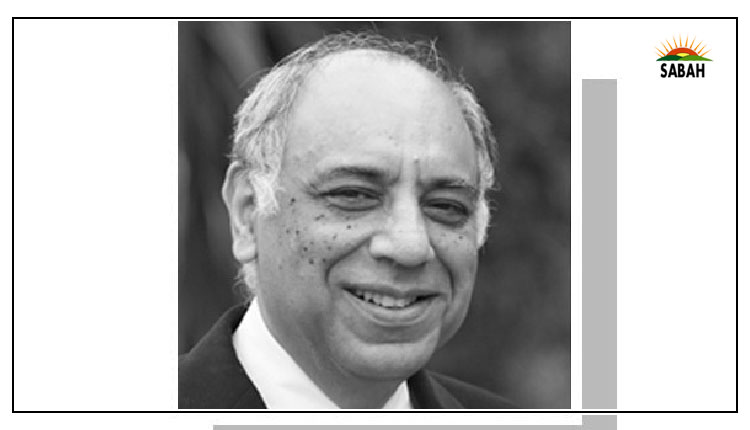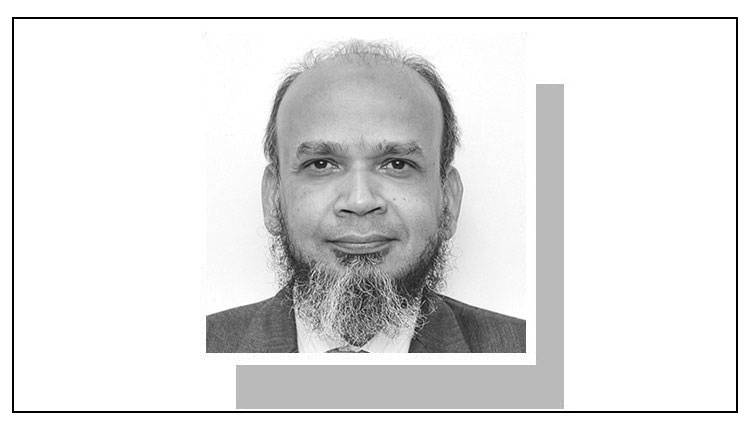Miscoordination, training, ownership problems and ANDSF collapse…Inam Ul Haque
We continue to explore the systemic factors behind collapse of Afghan National Defence and Security Forces (ANDSF), as identified in February 2023 report by SIGAR (Special Inspector General for Afghanistan Reconstruction), a US government entity.
The US/NATO only dictated the overarching guidance and coordinated the training effort. The exact methods and activities for training and advising ANDSF were left to the contributing nations. ANA/ANP trainers were never in ample supply, and impractically distributed due to national caveats (employment restrictions in preferred areas and conditions thereof) imposed by NATO member states on national contingents. This consequently saturated some areas were with trainers, creating shortfalls elsewhere. For example, in December 2010, NATO Training Mission (NTM-A) was short of 1,653 trainers. And in late 2011, Kabul had 215% police trainers, whereas the operationally restive areas of Eastern Afghanistan suffered 64% shortfall.
Training Mission suffered from lack of coordination among senior military commanders, civilian representatives and among agencies. It was personality-dependent and initiative-driven from stakeholders. The mammoth size of the USMIL overshadowed the civilian side, with Military commanders eclipsing influence of the US Ambassador. DOD usually led the effort, given resources at its disposal, compared to the State Department and USAID, and its ability to fill the gap, created by the State Departments lack of vision for the ways and means of the reconstruction mission.
In 2018, State Department complained about USMIL encroaching upon its traditional turf of being responsible for the training of foreign security forces. It was the result of States limited funding and Congress authorising the DOD to train, advise, assist and equip foreign security forces. This atypical arrangement created duplication of effort, as civilian staff from US Embassy and USMIL from Combined Security Transition Command Afghanistan (CSTC-A) often were advising the same Afghan unit because CSTC-A operated independently, outside the Embassy.
The States reliance on contractors for ANP training and the sheer size of the mission gravitated decision-makers in 2005 to hand over ANP training also to the USMIL. It not only undesirably militarised the police training; a contract dispute allowed State to maintain contract management for ANP training, mentoring, and MOI reform for six years, creating oversight and contractual hurdles.
ANP training doctrine under USMIL envisaged complementing the overall counterinsurgency effort, with civil policing assuming secondary role. This according to Ambassador Ronald Neumann was a major problem for winning loyalty and trust of the people. The dichotomy of ANP as a counterinsurgency force to protect population from Taliban attacks (USMIL view), rather than a civilian force protecting the average citizen from crime, was never resolved.
The ANA training mission was entrusted to US Special Forces in 2002, transferred to conventional forces (10th Mountain Division) in 2003, and when that division deployed to Iraq the same year, ANA training was left to rotating National Guard units, reinforced with coalition support… inclusive of all levels and shades of training. Moreover, DOD struggled to manage the frequent turnover of trainers, as ANDSFs development mission was divided among multiple services that deployed trainers usually for a year or less.
SIGAR was critical of the US for not having an active and readily available military force, interagency doctrine, or model for reconstructing a foreign military at the scope and scale that Afghanistan required. The US thus experimented with expediency. Its ANDSF developmental strategy, therefore, went through four organizational models: from Embedded Training Teams (ETT) to Security Force Assistance Teams (SFAT) to Security Force Assistance Advisor Teams (SFAAT) to Security Force Assistance Brigades (SFAB).
Likewise, the training content and methods were never standardized, under influence of commander and the responsible military service. Some Army units, for example, organised police trainers/advisors into investigation and administrative teams, while others (elsewhere in Afghanistan) made it a mirror-image of Military Police. Some embedded advisors partnered with ANDSF units on operations, while others advised form the confines of a base. A training team member quipped…he was an Air Force guy advising an Afghan Army guy on how to be an Army guy.
Afghans had to adapt to incoming units and civilians, rotated frequently due to shorter deployment spans. From 2003 to 2009, eight different Army National Guard units led ANA training. Training goals remained unmet in the absence of SOPs, institutional memory, not continuing training where the previous unit had left, and not learning from lessons learned. New leaders often made quick changes in operations before becoming fully conversant with the environment and without knowing the implications of their actions.
Some Afghan force components like Afghan Air Force (AAF) and ANA Special Operations Command (ANASOC) benefited greatly from training. ANASOC forces needed some initial ISAF support, but by end 2013 they mostly operated independently. Ministerial advising also suffered from lack of ownership, clear command-and-control structure, and lack of USMILs own training for the purpose. The Ministry of Defense Advisors (MODA) programme instituted in 2010, comprising trained civilian experts, never accounted for more than 15 percent of the advisory mission. The programme exacerbated tensions between DODs civilian and military personnel, due to different training philosophies (MODA advisors emphasising on increasing governance capacity versus USMIL focusing on military operations/fighting capabilities).
Ultimately, no permanent organisation within DOD had responsibility for ministerial advising mission in Afghanistan. While the responsibility for developing the Afghan MOD and MOI rested with CSTC-A, no permanent agency had an overarching and enduring mandate to plan and coordinate ministerial advising; overseeing staffing and training for all advisors; providing assessment, monitoring, and evaluation of ongoing ministerial efforts; or consolidating best practices. This resulted in the deployment of individual advisors from multiple DOD agencies and military services, with varying levels of experience and training, all of whom were ultimately assigned to a temporary command structure. Advisors also were inadequately trained during pre-deployment training.
Next week we cover the training and experience shortfalls among deployed ANDSF trainers/advisors, the effects of their frequent rotation, and reliance on contractors for training.
The US literature fails to uncover the fundamental issues like Afghans from across the aisle, and irrespective of their religious moorings, from day one, loathing the foreign, non-Muslim and culturally polls-apart presence on their soil. They waited out till the invaders ran out of patience and left. The sad saga under the glare of Superpower and its Allies, continues to unfold.
Courtesy The Express Tribune












